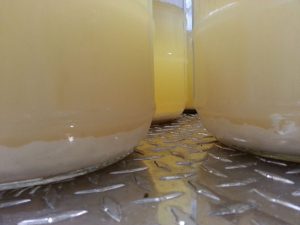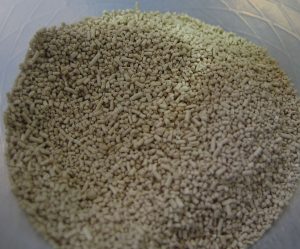
Have you ever wondered if there is any value in the lees that you accumulate during the early portions of harvest and wine processing? Have you questioned the various uses associated with wine lees?
Then you’re in luck! Consulting subscribers now have access to my recent article, Wine Lees: A Powerful Tool for Winemakers in the Learning Center that discusses the advantages and disadvantages associated with the use of wine lees during wine production. If you’re looking for a way to make your wine lees work for you, then this Article may help.
If you’re missing out on Denise Gardner Winemaking’s Learning Center, the information at the bottom of this blog post can help you get started!
Lees, or the settled portion of yeast after primary fermentation, offers several opportunities for its continued use through wine production. During good vintage years, clean lees can provide molecular components, such as nitrogen-containing compounds or polysaccharides that naturally alter the wine’s mouthfeel over time. Depending on lees contact time, the mechanism of contact, and the degree of yeast autolysis, lees can also contribute aromas or flavors to the wine that may offer changes in complexity.
Many winemakers opt to keep lees in barrels with the wines intended for longer-term aging, and if they are needed, remove the lees from those wines. A more traditional practice, bâtonnage, is a form of lees contact in which white [Chardonnay] Burgundy wines stored in barrel include routine stirring of the lees. Another great stylistic benchmark region associated with bâtonnage and lees contact is Muscadet produced from the Loire Valley (France). On Muscadet wine bottles, an additional term “sur lie” can be found to indicate this process.

Many sparkling wine styles produced by the traditional method (i.e., Méthode Traditionelle or Méthode Champenoise) also sit on lees through a portion of its production. After the second fermentation in bottle, the lees settle to the bottom of the bottle, and remain in contact with the wine over a defined period of time. When it is time to remove the lees from the bottle, each bottle is riddled. Over time, the riddling process drops the lees into the neck of the bottle where it is disgorged and re-capped. The contact with lees through the bottle’s maturation time alters mouthfeel and sensory characteristics associated with sparkling wine.
Finally, lees can also be used as a problem-solving tool in the winery, especially for wines that have specific flaws. For example, lees additions can aid in the removal or reduction of off-odors. Their addition has been shown to help reduce hydrogen sulfide and, occasionally, volatile phenols in addition to other residual contaminants.
Keeping wine in contact with lees should not be taken lightly, as several problems can emerge if the wines are not monitored or treated properly. To find out more about lees, the ways that you can use it in the winery, and potential risks associated with lees contact time, visit the complete article, Wine Lees: A Powerful Tool for Winemakers in the Learning Center.
Denise Gardner Winemaking is an educational and wine production consulting business. I strive to help wineries fix current problems, while also providing educational tools to help them avoid mistakes in the future. If you do not have an account with us, and would like additional access to the Learning Center, please inquire today about signing up for our DEMI Consulting Package. You can find information on our Consulting Packages here or by emailing info@dgwinemaking.com.
